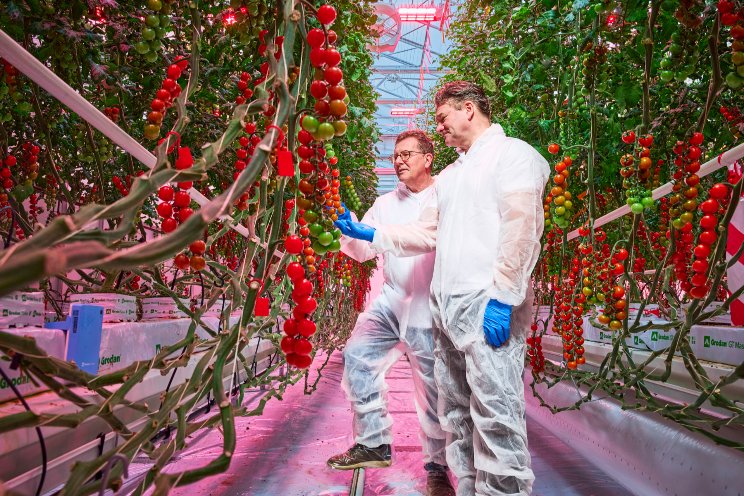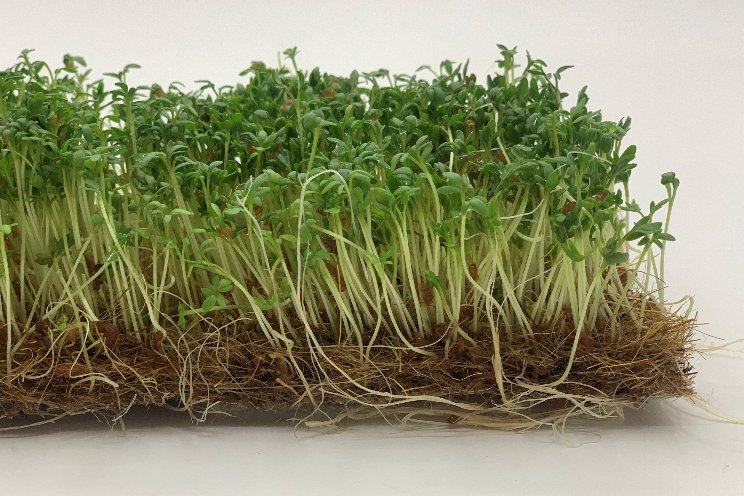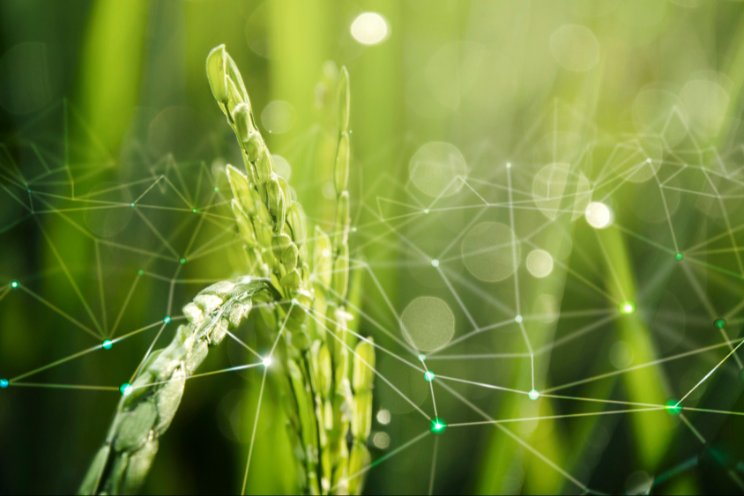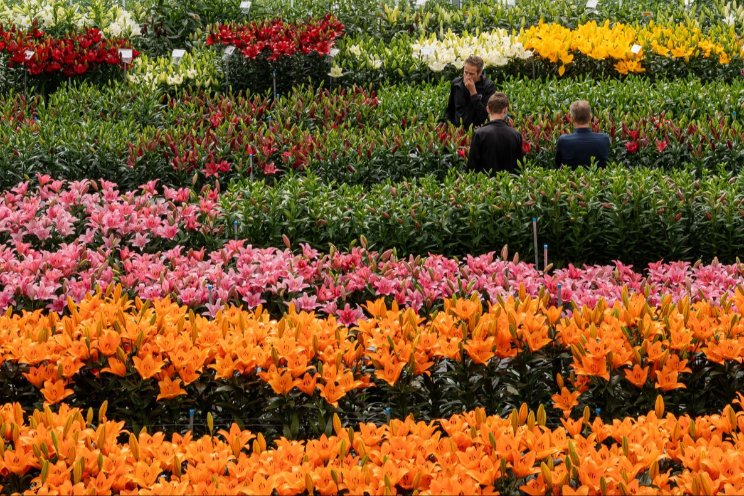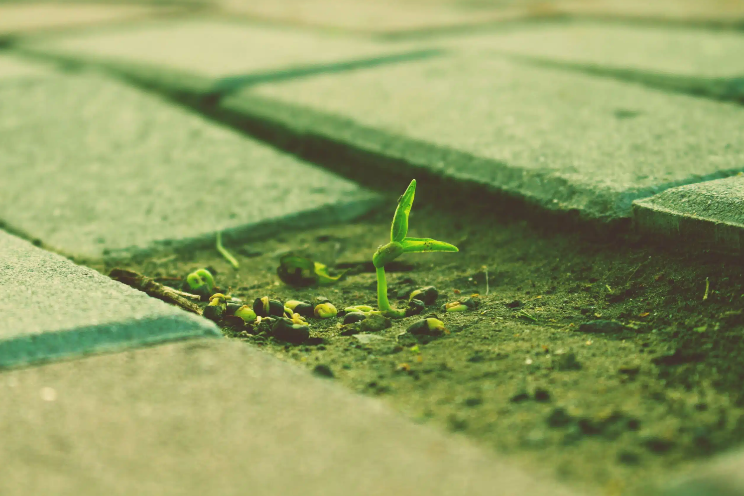The water in your “food miles” vs. CO2 emissions
Added on 08 December 2022

While transport - with the exception of air freight and cold chain - tends to account for a relatively small share of emissions, the movement of water within our food system is a problem with wide-reaching implications both environmentally and socially.
In this long-form blog we’re going to explore how water essentially moves from one country to another within our food (taking a UK supply chain perspective), the direction of travel, why we need to take this a lot more seriously, and discuss some potential solutions.
Terminology
The first step to wrapping our heads around the concept of importing water is the terminology. The main concepts that will be useful to you are:
- Green water is the rainwater which falls onto crop fields and is absorbed by plants.
- Blue water is water from rivers, lakes and groundwater abstracted to enable crops to grow and is either evaporated from or taken into the plant.
- Grey water is water used to dilute any pollutants caused while growing the plant to acceptable levels.
- Renewable water resources are resources extracted from places (like rivers and lakes) at a rate that they will be replenished by the natural water cycle. These are at long term risk from the change in climatic patterns.
- Non-renewable water resources are either taken from sources (like groundwater) that do not replenish or are taken at a rate that can’t be restored by the natural water cycle for a very long time. These are at huge risk from abstraction.
Photo: LettUsGROW
More news
